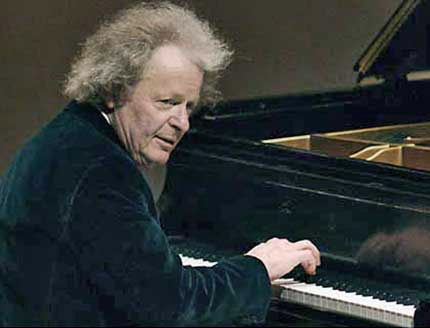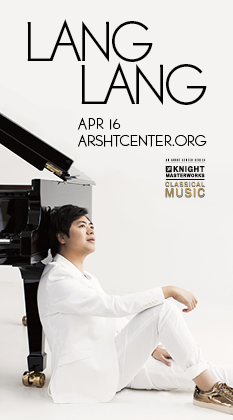Kuerti brings supreme mastery to early and late Beethoven

Anton Kueri performed a recital devoted to music of Beethoven Monday night at FIU, presented by Friends of Chamber Music.
Three piano sonatas and a rarely heard curio comprised the bill of fare for an all-Beethoven recital by Anton Kuerti on Monday night, presented by Friends of Chamber Music
Kuerti’s striking performances proved memorable for his patrician musicianship as well as sheer artistic insight. Many pianists play Beethoven in either a highly emotive manner (particularly favored by the Russian keyboard school) or in more cerebral, intellectual fashion. Kuerti combines both approaches without ever veering into exaggeration. This was old school Beethoven, recalling such celebrated past masters as Artur Schnabel and Edwin Fischer.
After taking the stage of Florida International University’s Wertheim Concert Hall, Kuerti quickly took his place at the keyboard and commenced the two downward scales that begin Beethoven’s Fantasia in G minor. Apparently based on one of the composer’s famed improvisations, this score alternates abrupt pianistic proclamations with lively melodic invention. Kuerti’s fleet tempo and crisp attack showcased the pianist’s lightness of touch and tonal richness.
The early Sonata No. 4 in E-flat Major was a vivid demonstration of Kuerti’s rock-solid technique, control and pearly tone, particularly in the instrument’s highest register. In the opening Allegro molto, the rhythmic precision of Kuerti’s playing never precluded a sense of surprise at Beethoven’s quirky runs and turns of phrase, sounding as if the pianist was improvising the score. Bold contrasts of dynamics marked the Largo as lyricism shared musical space with powerful rhetorical flourishes. The lithe, delicately calibrated third movement Allegro set the stage for an unusually leisurely reading of the final Rondo. Here Kuerti infused a wonderful sense of sprightly graciousness to Beethoven’s contrasting thematic subjects.
Kuerti’s probing, cogent reading of the Sonata No. 31 in A-flat Major emerged as one grand, organic statement rather than the fragmentary series of episodes that encompass some performances. The second movement proved appropriately robust but never explosive. In the central episode, Kuerti’s sonority was nearly orchestral. His exquisite touch and impressive palette of tonal colors and shadings had the full measure of the sublime Adagio. The clarity of the inner voices in the concluding fugue was striking, the pianist’s mastery highlighting textures that often sound blurred.
The Sonata No. 21 in C Major (Waldstein) may be familiar Beethoven terrain but not in Kuerti’s bracing performance. Has the opening movement ever been played at such a rapid clip? Despite the full-throttle speed, the left-hand figurations emerged clearly. There was deep mystery and gravitas in an unhurried Adagio molto and the airy, deftly executed Rondo exuded power aplenty but never bombast. A final speedy Prestissimo coda brought the concert to a brilliant, celebratory climax.
Posted in Performances
Leave a Comment
Tue Dec 6, 2011
at 11:33 am
No Comments





